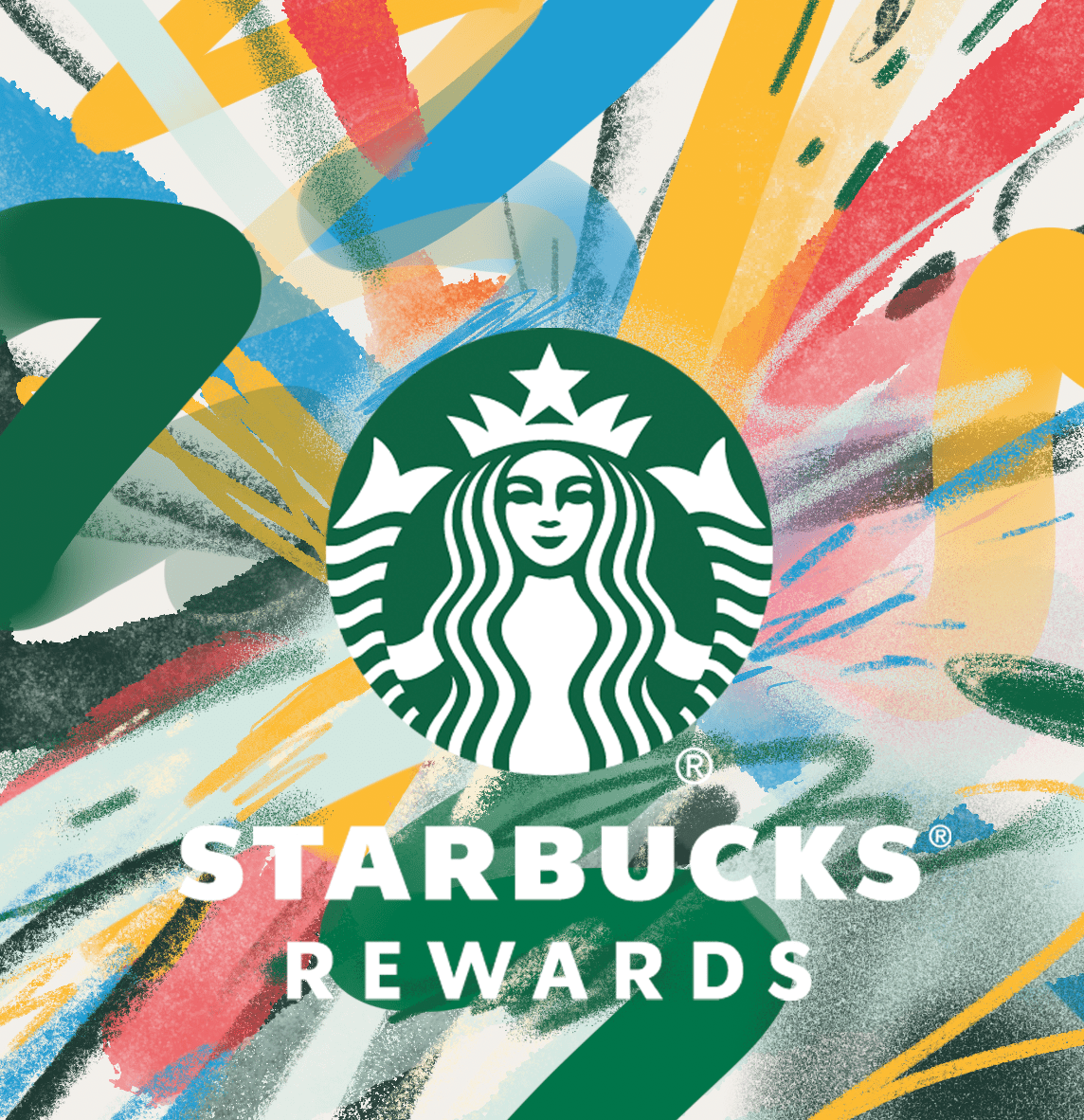10 Real World Loyalty Program Pitfalls
jodithepug
Posted on January 10, 2024 - 0 Comments
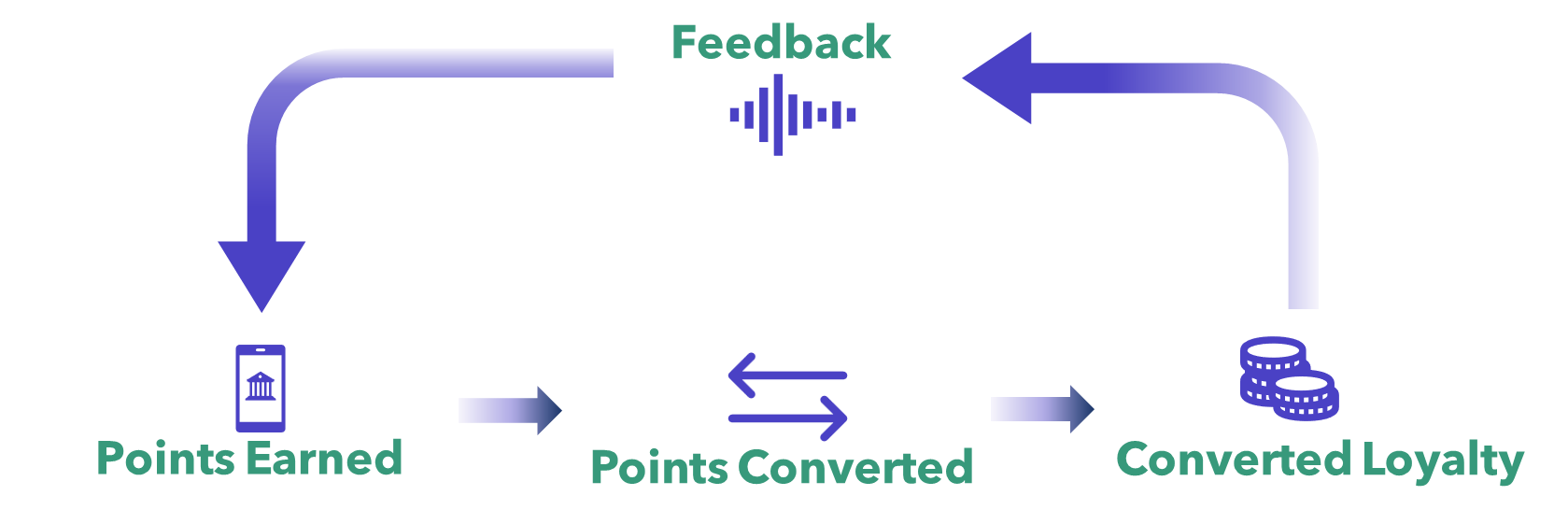
by Steve Bocska
In the dynamic (and often baffling) world of customer engagement, loyalty programs a promise deeper connections, sustained interactions, and ultimately, the holy grail of marketing: customer loyalty. However, like any worthy endeavor, the road to a successful program is fraught with perils and pitfalls. Let’s unpack these traps using real-world examples and insights from my background in video game design and customer engagement.
1. The Mirage of Extrinsic Rewards
Remember the days when Starbucks’ points system was all the rage? Customers eagerly collected stars, anticipating their free drink with every purchase. However, the initial excitement waned for many. Why? This is the classic trap of over-relying on extrinsic rewards. When the novelty of points and badges fades, so does engagement. The key is to balance these with intrinsic rewards that provide deeper satisfaction.
2. Ignoring the Heart of the Matter: Intrinsic Motivation
Duolingo, the language learning app, mastered this art. Beyond its point system, Duolingo taps into intrinsic motivation by making learning a language fun, engaging, and part of a daily routine. Their approach echoes a fundamental principle: people are more likely to engage in activities that offer inherent satisfaction.
3. One Size Does Not Fit All: The Personalization Problem
Netflix’s recommendation algorithm is a classic example of personalization done right. Unlike loyalty programs that treat all customers the same, Netflix tailors its content to individual preferences, keeping subscribers hooked. Loyalty programs need to learn from this, offering personalized experiences to cater to diverse customer needs.
4. Community: The Forgotten Dimension of Loyalty
Remember the Harley-Davidson’s H.O.G. (Harley Owners Group)? This isn’t just a loyalty program; it’s a community. Harley-Davidson understands that fostering a sense of belonging can be more potent than any reward. When customers feel part of a tribe, their loyalty transcends transactions.
5. Complexity: The Enemy of Engagement
Ever tried to redeem points on an airline loyalty program and found yourself lost in a maze of conditions and blackout dates? Complexity is a sure-fire way to deter engagement. Simplicity and transparency, as seen in Amazon Prime’s straightforward benefits, keep customers on board.
6. The Emotional Connection Gap
TOMS Shoes, with their “One for One” model, exemplifies emotional engagement. Purchasing a product is not just a transaction; it’s an act of charity. Loyalty programs should strive for such emotional connections, aligning with values that resonate with their customers.
7. Feedback: The Missing Link
Feedback loops are crucial. Sephora’s Beauty Insider program does this well, offering immediate rewards and recognition, making customers feel valued. This instant feedback encourages continued engagement.
8. Data Blindness: Ignoring the Power of Analytics
Imagine if Spotify ignored its listening data and offered the same playlists to everyone. It would be a disaster. Similarly, loyalty programs must leverage analytics to understand and adapt to customer preferences continually.
9. Disconnection from Brand Strategy
A disjointed loyalty program can do more harm than good. Coca-Cola’s failed “My Coke Rewards” program is a cautionary tale. It lacked alignment with the brand’s core values and broader marketing strategy, rendering it ineffective.
10. The Short-Termism Trap
Groupon’s rise and fall is a classic example of short-term thinking in loyalty programs. Initially successful, the model soon led to customer fatigue and brand dilution. Long-term engagement strategies are essential for sustainable loyalty.
Crafting a successful loyalty program requires a deep understanding of what drives and motivates your audience, a blend of payoffs that satisfy both extrinsic and intrinsic desires, and a narrative that ties into your brand’s larger story. The program must be simple yet engaging, data-driven yet heart-centric, and above all, it should evolve with your customers. The path to true customer loyalty is a journey of connection, understanding, and genuine engagement.
Keep Reading...
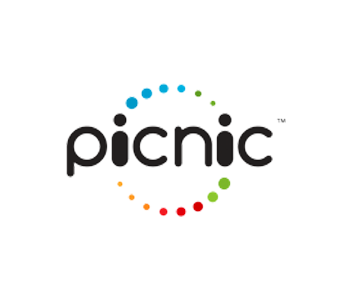
World of PUG Blog April 3, 2024
PUG Announces Launch of AI-Driven Intelligent Rewards System (IRS)
by Steve BocskaPress ReleaseFOR IMMEDIATE RELEASEPUG Interactive Launches Intelligent Rewards
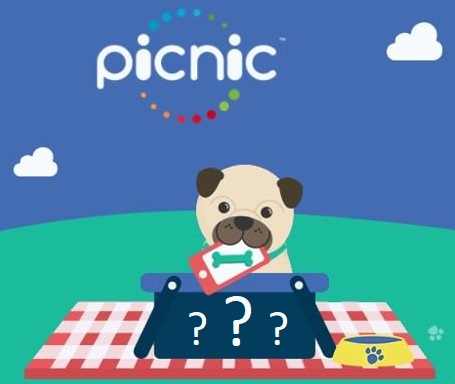
World of PUG Blog April 3, 2024
PUG Interactive Unveils InsightPulse: A Revolutionary Predictive AI Analytics Dashboard
by Steve BocskaPress ReleaseFOR IMMEDIATE RELEASEPUG Interactive Unveils InsightPulse: A
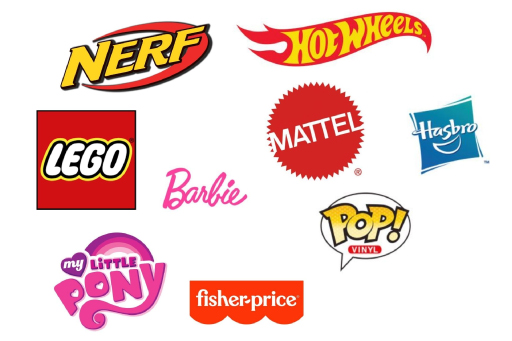
World of PUG Blog March 21, 2024
Building Bonds: The Future of Family-Focused Loyalty Programs
by Steve BocskaThe children's toy industry, home to iconic brands


